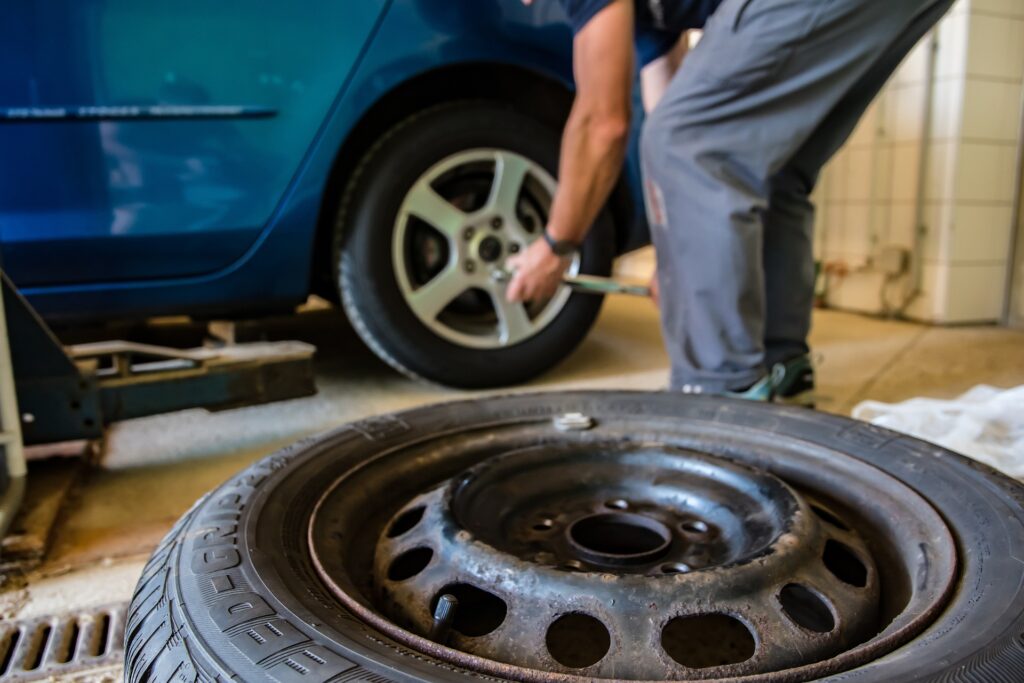New Tyre Care Tips: How To Take Care Of Tyres

Having new car tyres can make motorists think that they’re much safer than they used to be. Although this is certainly the case compared to old, balding tyres which could have led to a loss of control at any time, new car tyres should be treated with respect. This is because they need to be run in. In other words, you should go easy on them for at least the first hundred miles that you drive on them. Some manufacturers state that their tyres haven’t been truly run in until they’ve been driven on for about 200 miles. What does this mean? Essentially, you should avoid driving in wet conditions or at high speed until the tyres’ rubber compounds have settled in. This can be true for motorists who often plan road trips around popular UK stops like London or even scenic routes of Scotland.
Once they have been sufficiently abraded – worn down by friction – they will serve you well for years. Just remember to take it easy at first! What else should you know about taking care of tyres so that you get the best out of them?
Buy Wisely
Firstly, you should buy the best tyres that you can afford. Although it is legal to fit second-hand tyres, they must be devoid of defects like bulges and have sufficient tread. However, part-worn tyres are a false economy. They simply won’t last as long. Therefore, their lower cost isn’t worth it, especially if their inferior grip were to lead to an accident. In order to stay safe on the road, you should buy your tyres in Stirling from a reliable garage like Fife Autocentre where there is a range of premium brands as well as numerous budget tyres that still offer good levels of grip for the money. Indeed, there are often end-of-line deals available so buying a premium brand of tyre might not be as expensive as you had imagined.
Use Your Brake Less
If you need to brake, then be in no doubt that applying the pedal should never be postponed. However, many motorists use their brakes much more than they really need to. The reason for this is that they drive too closely to the vehicle in front of them on the road. This way, you cannot see the hazards and obstacles they might need to brake for. If you are close to a van or car on a single-lane road, for example, then it will be hard to spot cyclists on the road ahead let alone static hazards, such as potholes. Instead, get into the habit of leaving more room. This way, when the car in front’s brake lights come on, you can simply ease off the accelerator without braking. Not only does this make for a smoother ride but it helps to preserve the life of cars a great deal, too. Simply put, the more you brake, the more you will wear your tyres’ tread level down.
Keep Your Tyres Inflated
When your tyres are professionally fitted for you, they should be inflated to the recommended level of pressure. This is important since tyres which are not flat have lower rolling resistance. Basically, you want them sufficiently hard so that they don’t hug the road too much, causing more friction each time your wheels rotate. Equally, you don’t want them over-inflated which makes them bow out. If so, a thin section of tyre will take most of the car’s weight and this area will wear down prematurely. Remember that partially flat tyres are not always easy to spot. As such, it is a good idea to confirm your tyre pressure once every few weeks. Get into the habit when you fill up. Lower rolling resistance isn’t just good for tyres, after all, since it also helps to improve fuel economy.





